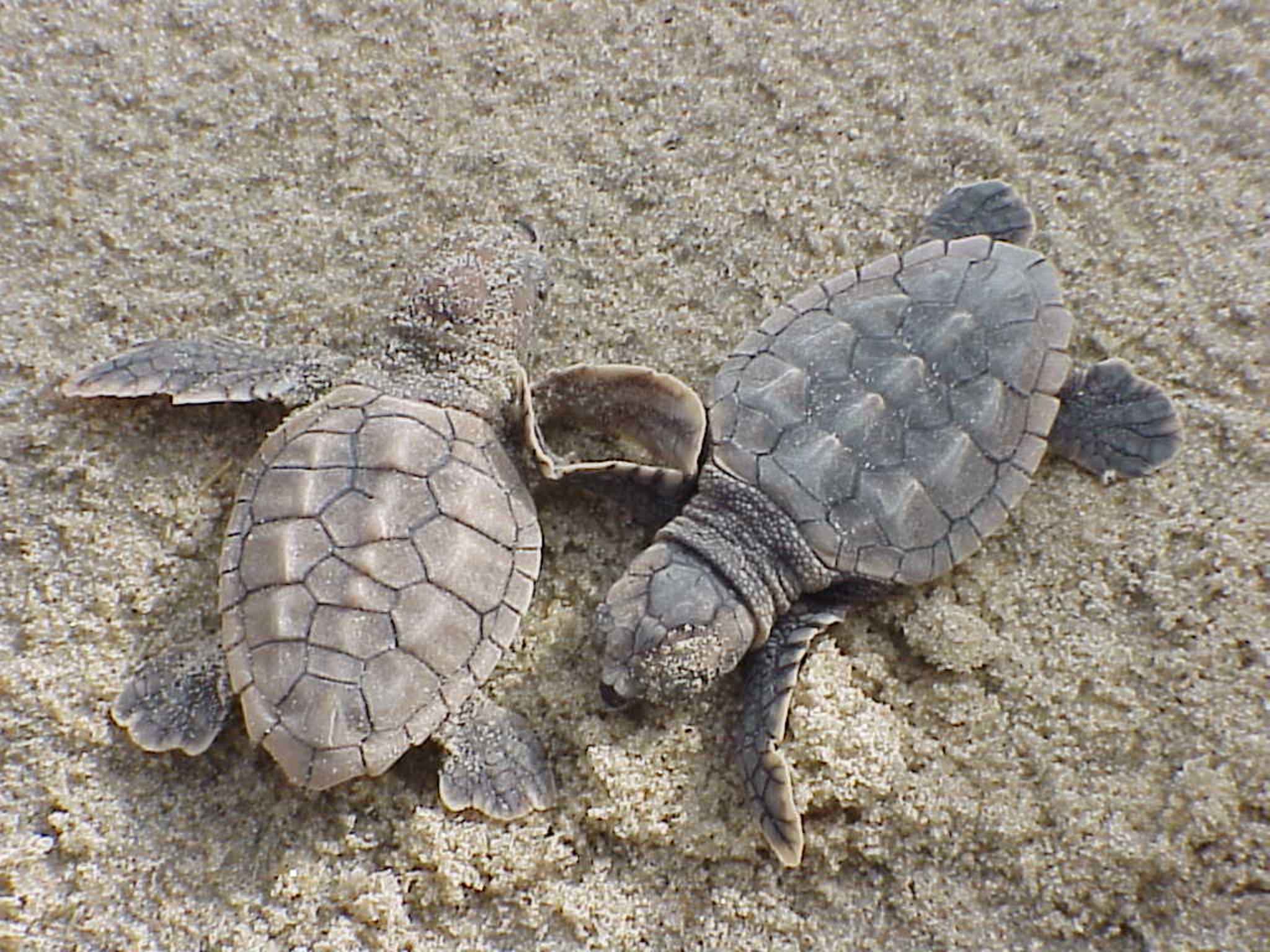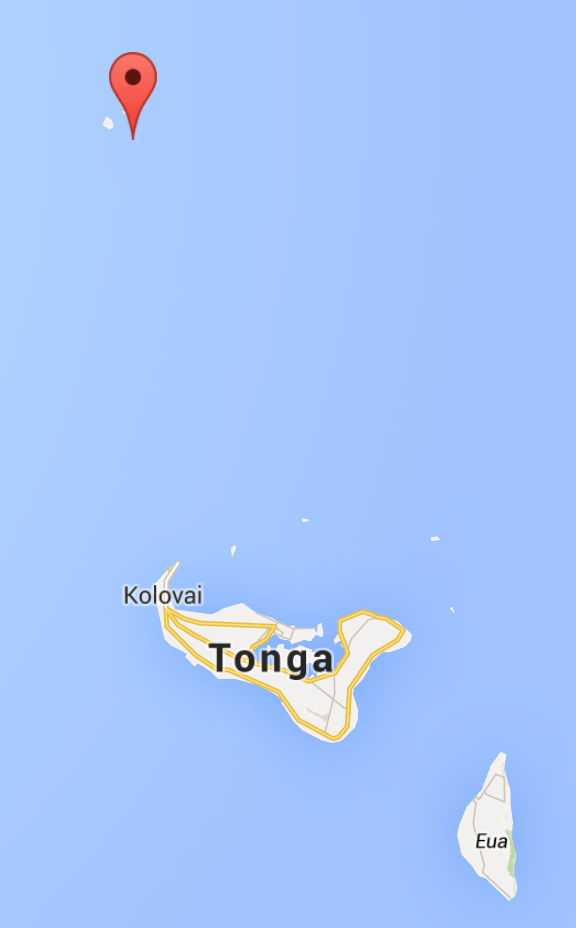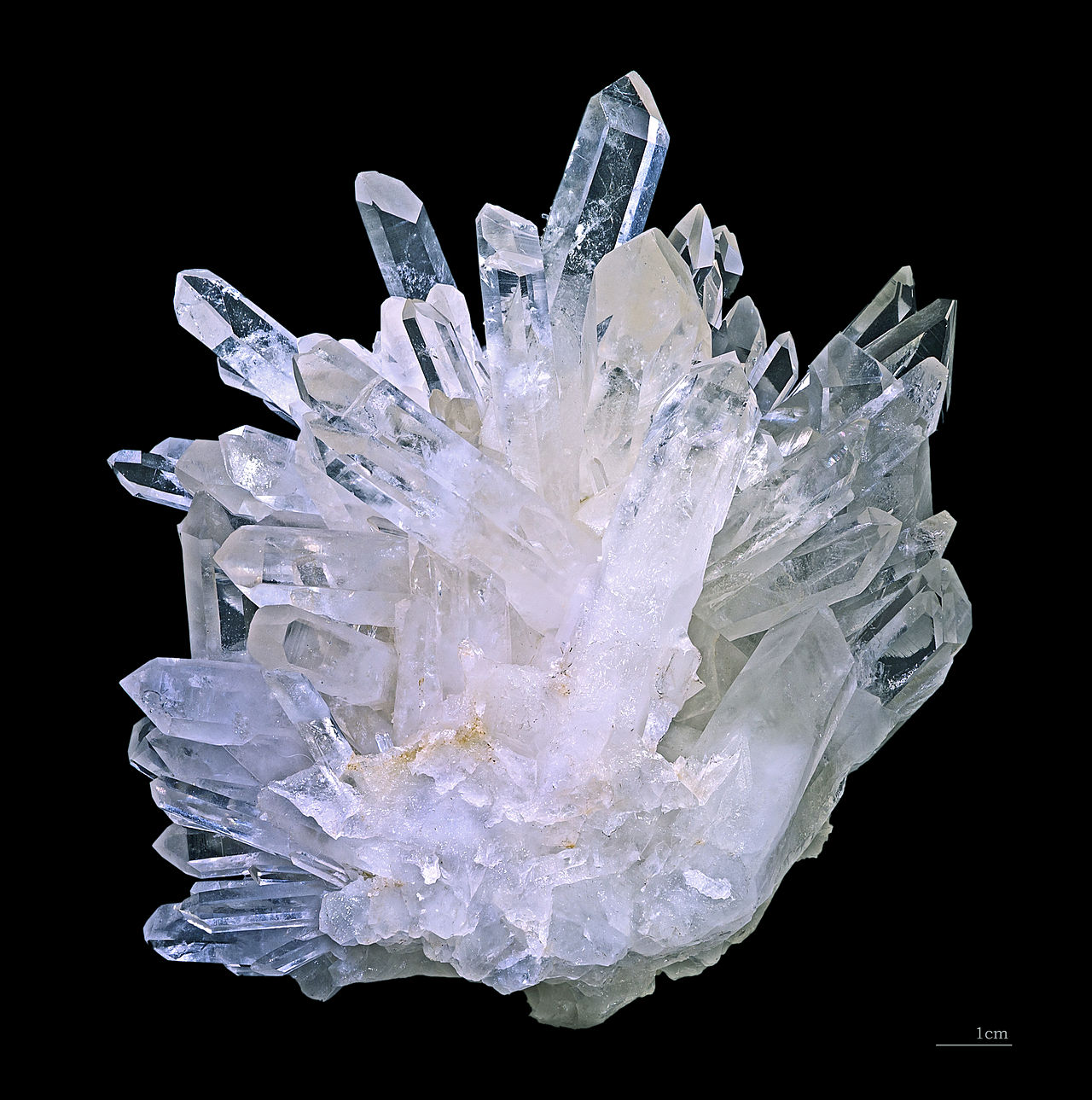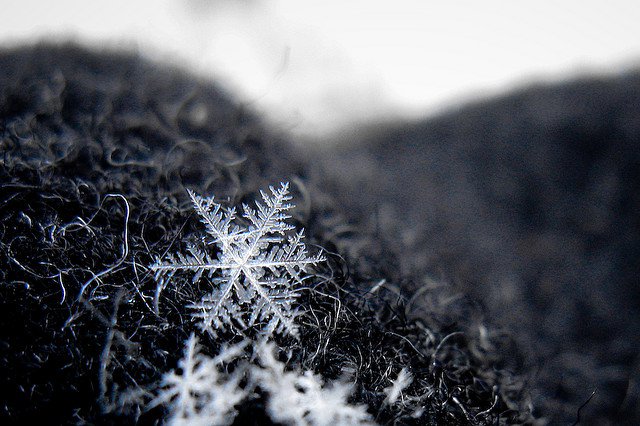 |
Hatchlings
US Fish & Wildlife Service
|
Sea turtle hatchlings emerge from nests in soft coastal sand to begin their fateful trek to the ocean.
Avoiding predators, the waddling hatchlings wade into the ocean.
Beyond the roiling shore break, our intrepid new swimmers set a course toward the open sea. They establish and maintain their bearings long after the sight of land recedes in the distance.
How do turtles navigate with such exactitude?
 |
|
Damien du Toit
|
Year after year, loggerheads follow reoccurring travel patterns seemingly without the aid of navigational reckoning over vast stretches of featureless water.
Following years in the open sea, juveniles find their way to familiar feeding grounds:
... juvenile turtles take up residence in coastal feeding grounds and show great fidelity to their feeding sites, homing back to specific locations after long migrations and experimental displacements. Similar navigational abilities exist in adult turtles, which migrate considerable distances between specific feeding areas and nesting beaches.Marine biologists postulate that sea turtles use Earth's magnetic field as a navigational aid. Two magnetic elements, inclination angle and intensity, vary across the globe creating geomagnetic signatures for geographic areas.
— Lohmann Lab, University of North Carolina, Chapel Hill
Lohmann, et al hypothesize that loggerhead hatchlings remember the signature of the magnetic field of their breeding ground then use this geomagnetic imprinting as a homing cue.
Brothers and Lohmann analyzed 19 years of loggerhead nesting data on Florida's east coast.
"We reasoned that if turtles use the magnetic field to find their natal beaches, then naturally occurring changes in the Earth's field might influence where turtles nest."Brothers and Lohmann found correlation between the locations of loggerhead nests over time and known shifts in the geomagnetic field.
— J. Roger Brothers
"People have been on earth in our present form for only about 100,000 years, and in so many ways we’re still ironing out our kinks. These turtles we’ve been traveling with, they outrank us in longevity, having earned three more zeros than we. They’ve got one hundred million years of success on their resume, and they’ve learned something about how to survive in the world.
...What turtles could learn from us, I can’t quite imagine.”
― Carl Safina, Voyage of the Turtle
REFERENCES
- Evidence for Geomagnetic Imprinting and Magnetic Navigation in the Natal Homing of Sea Turtles, J. Roger Brothers, Kenneth J. Lohmann, Current Biology, 2015.
- Geomagnetic imprinting: A unifying hypothesis of long-distance natal homing in salmon and sea turtles, Kenneth J. Lohmann, Nathan F. Putman, and Catherine M. F. Lohmann, Department of Biology, University of North Carolina, Chapel Hill, NC, July 1, 2008.
- Orientation and Navigation of Sea Turtles, Lohmann Lab, The University of North Carolina at Chapel Hill.
- Sea Turtle Migration, Wikipedia.
- Voyage of the Turtle: In Pursuit of the Earth's Last Dinosaur, Carl Safina, 2007.


.svg.png)









